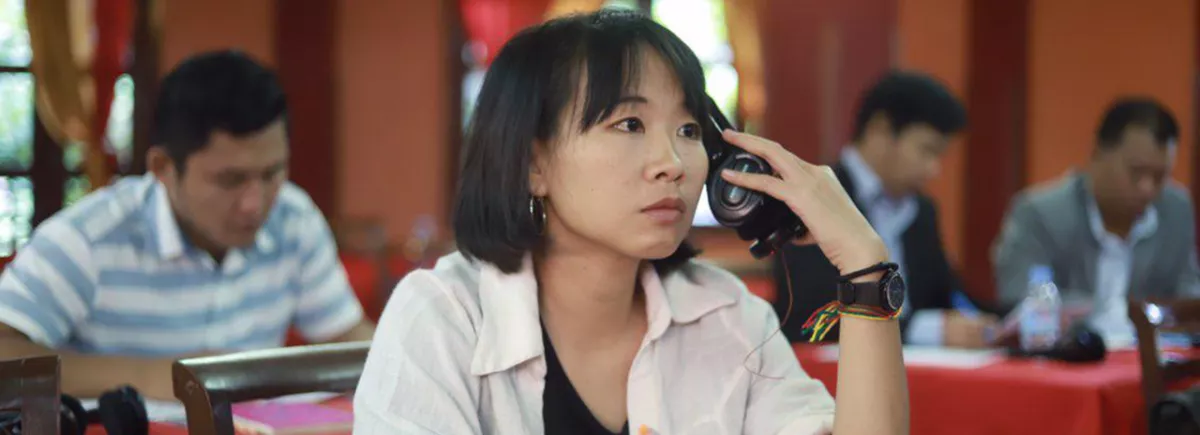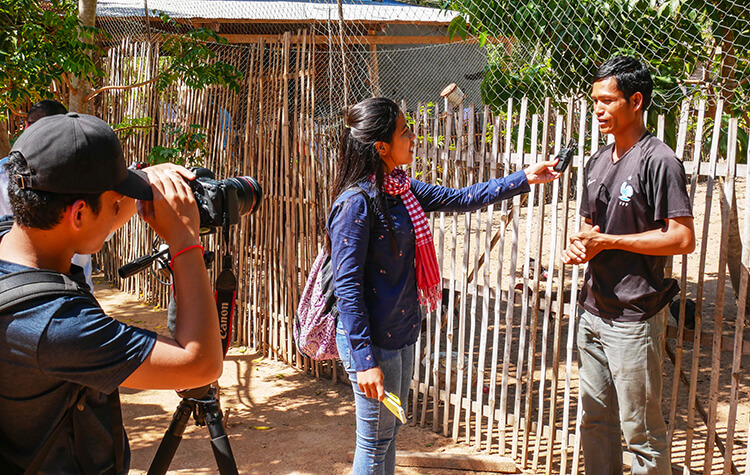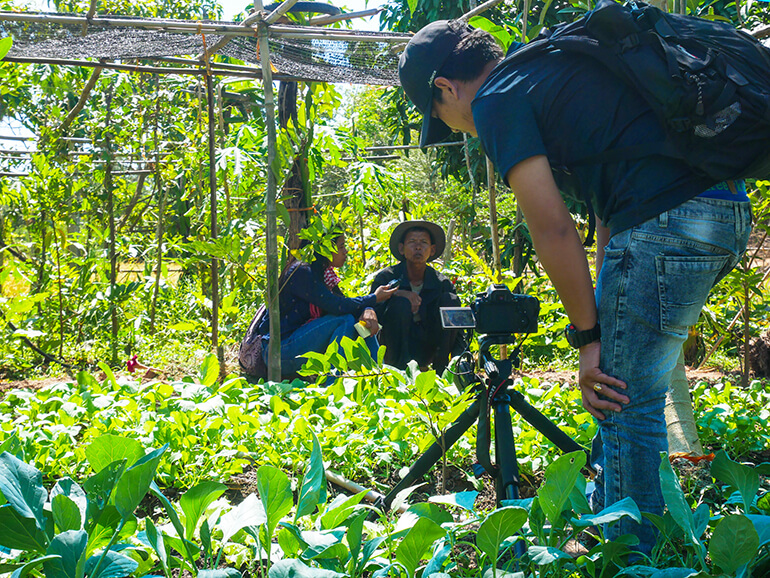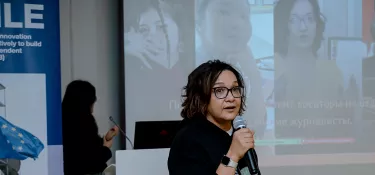
Cambodia: how can we develop rural information in the media?
Related project
Rural NetworksOn 25 October 2018 in Phnom Penh, the launch of the Rural Networks project brought together around forty media professionals and members of NGOs to discuss the role of the media in the development of rural areas.
This one-day forum, organised in partnership with GRET, presented Cambodian journalists with the benefits of a scientific or environmental approach. Alternatives were proposed for developing information related to the rural world, in particular by enriching the content offered to agricultural populations and by addressing young people, who are more aware of environmental problems.
“Journalists must build a bridge between producers and consumers." Paritta Wangkiat, environmental journalist at the Bangkok Post

Strengthening media coverage of rural issues
Paradoxically, while more than 75% of the Cambodian population lives in rural areas, journalists have little interest in these concerns. Cambodia is by no means an isolated case. Traditional media tend to focus on the issues of the ruling classes and news in the big cities. The Secretary of State at the Ministry of Information, Chea Chanboribo, has therefore reiterated the need to provide rural populations with relevant information. To this end, journalists must improve their knowledge and be able to deal with topics related to climate change.
Even though NGOs have taken on this problem, access to information in remote areas is still very poor.
GRET presented the first results of a study conducted on media consumption by farmers: they mainly get their information by television, then via their phone and finally by radio. They lack knowledge about seeds, outlets, market access, pesticide use, climate adaptation, etc. While agriculture accounts for 26% of the country's economy, it faces two major challenges: the impact of pesticides on public health and climate change. The media can no longer ignore these subjects that affect the entire population.

Improving the capacity of journalists to deal with agricultural and environmental subjects
For Harry Surjadi, an Indonesian science journalist, the media must first listen to farmers, understand how they work, then interview experts on agricultural issues and finally publish relevant stories.
For Paritta Wangkiat, an environmental journalist at the Bangkok Post, the media must build a bridge between producers and consumers and not just focus on environmental disasters, but provide solutions.
Starting with simple stories, based on real people, in order to then talk about climate change is one of the most effective ways of engaging the public, according to Suy Se of AFP. It is a question of simply making the reader understand how his own life is affected by global phenomena such as deforestation or the use of pesticides.
“The media is too inclined to focus solely on natural disasters and to portray the agricultural population as backward-looking, afflicted and isolated. Journalists must break these stereotypes and also focus on solutions." Paritta Wangkiat, environmental journalist at the Bangkok Post


